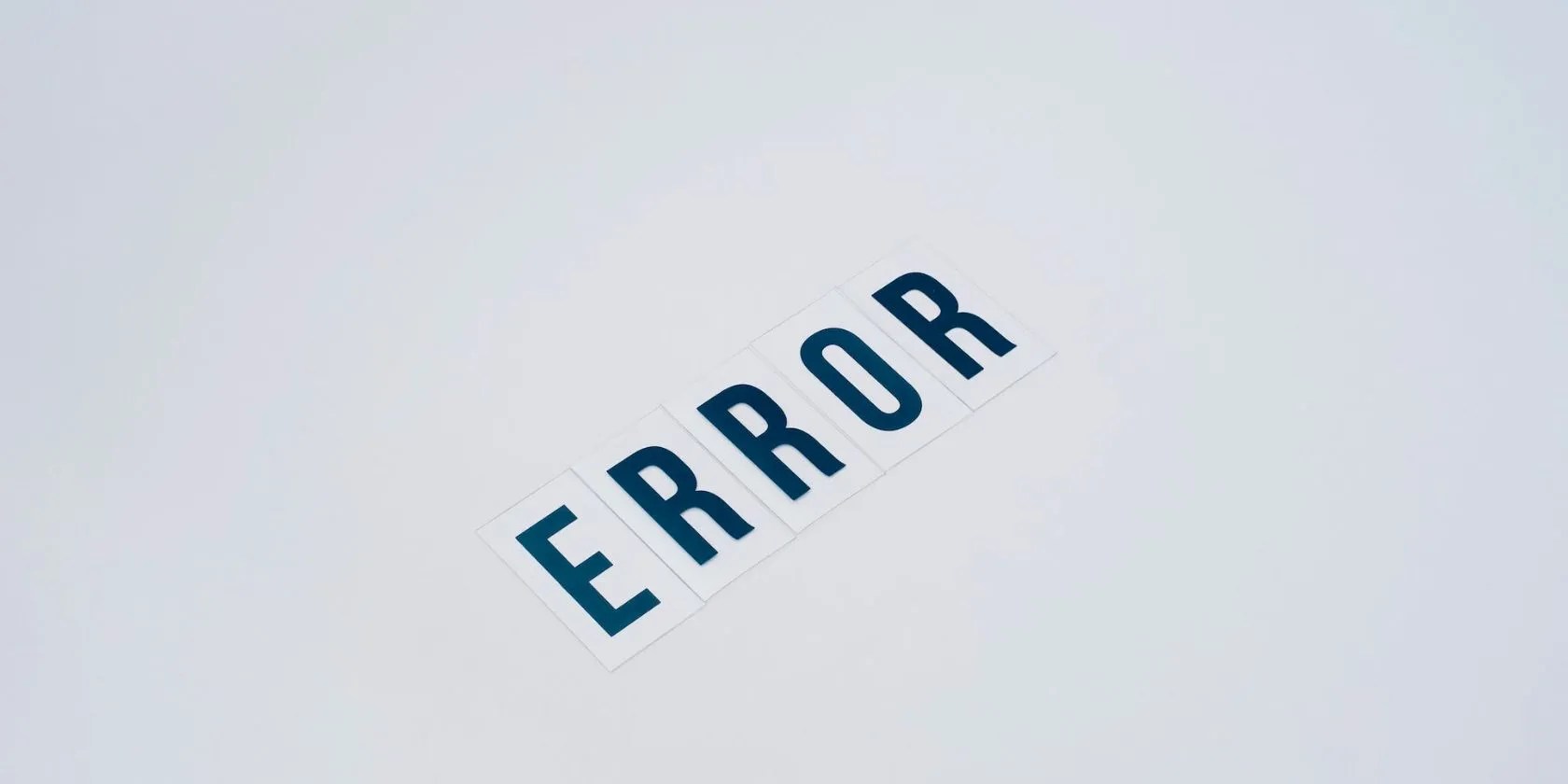Error Handling in Go Using the Errors Package
Error handling is one of the frequent operations in the software development cycle. It’s a crucial aspect of good programming. Go takes a simple and easy-to-use approach with its built-in mechanism for error handling. It’s based on returning errors from functions and methods, enabling you to focus on code functionality that is intuitive and easy to read.
You handle errors in Go explicitly, which results in a solid framework for feedback, with the ability to implement retry logic consistently. Theerrorspackage provides additional functionality for error handling.

The Errors Package
The errors packageis one of the packages in Go’s standard library. The package provides simple error-handling primitives and functionalities for creating and manipulating errors consistently across Go code.
The package provides theNewfunction for creating errors with custom error messages that you’re able to use in the same fashion as any built-in error type, such as thenilandErrormethod of theerrorinterface.

Theerrorspackage also provides functionality for wrapping and unwrapping errors, a method for type assertions on errors.
You can import theerrorspackage with the import keyword. Simply specify the name of the package in your list of imports.

Catching and Handling Errors in Go
Knowledge of basic error handling in Go lays the foundation for understanding theerrorspackage. Functions and methods return errors that are accompanied by a resource.
Here’s an example of error handling from a file opening operation with the built-inospackage.

TheOpenmethod of theospackage is useful whenworking with text files in Go. It opens a file, returning an open file instance and anerror.
The error value could be theniltype, indicating no errors. However, you can check for a non-nil case and handle an error if it’s present. In the case above, the if block prints the error.

You can access theErrormethod of an error to extract more information about the error (usually a description).
For example, if the file does not exist, you’ll see an error message that looks something like this:
Creating Errors in Go
You can create errors with theNewmethod of theerrorspackage. This method takes in a string message and returns encountered errors.
Themainfunction creates a new error and handles possible errors from the error creation with anifstatement.
You can also define custom errors in Go. The conventional method uses a struct and an error function to implement the struct based on the error’s functionality.
ThecustomErrorstruct is the blueprint for the error, and theinfostring field will hold the error message.
Your error functions can implement thecustomErrorstruct and return an error string.
TheErrormethod of thecustomErrorstruct returns a string usingthe Sprintf formatting method of the fmt package.
Wrapping and Unwrapping Errors in Go
You can add further contextual information to errors by wrapping them. You’ll primarily use wrapped errors to create clear error messages for precision in debugging.
You can use theErrorfmethod of thefmtpackage that provides functionality for formatting error messages to wrap errors. TheErrorfmethod takes in a string and string formatting verb and the error and returns the wrapped error.
Themainfunction opens a file with theospackage’sOpenmethod and wraps the error with the Errorf method of thefmtpackage. It then outputs the wrapped error to the console.
you may unwrap wrapped errors in your programs with theUnwrapmethod of theerrorspackage. TheUnwrapmethod takes in the wrapped error and returns the unwrapped error.
Themainfunction wraps an error from a file opening operation, and theunwrappedErrvariable holds the unwrapped error.
Log Your Error Reports With These Third-Party Logging Packages
You’ll need to log some errors for later reviews, debugging, and other operations during your application development process. You can use thezappackage by Uber, Logrus, Zerolog, and Log15 packages for fast, structured logging.
Go a step further than the standard library with one of these logging packages.
It’s not super flashy, but it can help to keep your computer up and running.
If an AI can roast you, it can also prep you for emergencies.
Flagship price, mid-range phone.
My foolproof plan is to use Windows 10 until 2030, with the latest security updates.
You don’t need to fork out for expensive hardware to run an AI on your PC.